Discovering the world of coffee in Japan is like embarking on a delightful journey filled with rich flavors and cultural significance. From the moment coffee was introduced to the country, it has evolved into a cherished part of daily life for many Japanese people. Whether you’re a casual drinker or a passionate enthusiast, understanding the prices and varieties of coffee available in Japan can enhance your appreciation for this beloved beverage.
In this article, we’ll explore the fascinating history and culture surrounding coffee in Japan, as well as the different types of coffee beans and their price ranges. You’ll learn about popular coffee spots where you can find high-quality brews, and get tips on how to choose and roast beans like a pro.
So, if you’ve ever wondered what makes Japan’s coffee scene unique or how to pick the perfect cup for yourself, you’re in the right place! Let’s delve into the vibrant world of coffee and uncover what makes it so special in Japan.
- Discover the history and cultural significance of coffee in Japan.
- Learn about popular coffee varieties and their price ranges.
- Get tips on selecting and roasting coffee beans for the best flavor.
The History and Culture of Coffee in Japan
Introduction of Coffee to Japan
The story of coffee in Japan began in the early 17th century when Dutch traders brought it to the islands. Initially, it was enjoyed only by the elite and was often associated with luxury and sophistication. Over time, coffee started to spread among the general population, especially during the Meiji era when Japan was opening up to the world. By the 20th century, coffee shops began to pop up in cities, introducing a new social space for people to gather and enjoy this delightful beverage.
As coffee gained popularity, the prices began to fluctuate based on availability and import taxes. This led to a diverse range of options that appealed to different tastes and budgets. Today, coffee is not just a drink; it’s a part of Japan’s social fabric, with various styles and preferences that reflect the culture’s unique character.
- Coffee was first introduced to Japan in the 17th century.
- Initially enjoyed by the elite, it spread to the general population over time.
- The Meiji era marked significant growth in coffee popularity.
Development of Coffee Culture
As coffee culture in Japan evolved, it took on a distinct identity that blended traditional practices with modern influences. The rise of coffee shops, known as “kissaten,” played a crucial role in this development. These establishments offered a cozy atmosphere where patrons could savor their coffee while chatting with friends or reading a book. It’s interesting to note that many of these kissaten not only served coffee but also provided light meals, making them a popular hangout spot.
In the 1980s and 1990s, the specialty coffee movement began to flourish, introducing more people to the world of single-origin beans and artisanal brewing methods. This shift encouraged a deeper appreciation for the flavors and nuances of coffee. With the rise of third-wave coffee shops, consumers became more curious about the coffee they were drinking, including its origins and the various brewing techniques involved.
Additionally, the market for coffee in Japan has adapted to suit the tastes of a diverse population. From instant coffee to high-end coffee beans, prices vary significantly, allowing everyone to enjoy this beloved beverage. The appreciation for quality has led to an increase in local roasters who focus on sourcing beans ethically and sustainably.
So, as we explore the coffee landscape in Japan, we’ll uncover how its rich history and evolving culture have shaped the way people enjoy coffee today. Understanding these aspects not only deepens your coffee experience but also opens up a world of flavors that reflects the heart of Japanese society.

If you’re intrigued by the diverse flavors and characteristics of coffee, you’ll want to dive deeper into this fascinating world. For those looking to enhance their coffee knowledge, check out the article Discover the Allure of Arabica Coffee: A Comprehensive Guide to Types and Selection! which explores different types of coffee and offers valuable tips on selection and brewing techniques.
- Coffee shops, or “kissaten,” became popular gathering spots.
- The specialty coffee movement introduced consumers to high-quality beans.
- Prices for coffee vary widely, accommodating different budgets.
- Local roasters focus on ethical and sustainable sourcing of beans.
Types of Coffee and Their Prices
Popular Coffee Beans in Japan
When it comes to coffee in Japan, the variety of beans available is truly impressive. Many coffee lovers in the country gravitate towards specific types of beans, each offering unique flavors and aromas. For instance, Arabica beans are widely favored for their smooth and well-balanced taste. They are often considered the gold standard in the coffee world and are available in various blends and single-origin options.
On the other hand, Robusta beans have their own loyal following, primarily due to their bold and strong flavor profile. These beans tend to have a higher caffeine content, making them a popular choice for espresso lovers. In recent years, specialty coffee shops have also introduced lesser-known varieties like Liberica, which offers a fruity and floral taste, providing a whole new experience for adventurous coffee drinkers.
As you explore these popular coffee beans, you’ll find that each one brings its own story and character to your cup. Whether you prefer the crisp notes of Arabica or the robust richness of Robusta, understanding these differences can significantly enhance your coffee experience.
- Arabica beans are known for their smooth, well-balanced flavors.
- Robusta beans provide a bold taste and higher caffeine content.
- Specialty varieties like Liberica offer unique flavor profiles for adventurous drinkers.
Price Ranges and Purchase Locations
The prices of coffee in Japan can vary widely, depending on factors like the type of beans, where you buy them, and the brewing method you choose. In general, you can find instant coffee options at convenience stores for as low as a few hundred yen, making it a budget-friendly choice for many. However, if you’re looking for high-quality beans from local roasters or specialty shops, expect to pay anywhere from 1,000 to 3,000 yen for a 200-gram bag.
Additionally, coffee shops across the country offer different pricing tiers. A cup of regular coffee at a local kissaten might cost around 400 to 600 yen, while a specialty coffee prepared with single-origin beans can set you back 700 yen or more. Many cafes also provide options for various brewing methods, which can influence the price as well.
For those interested in exploring unique coffee options, consider visiting local farmers’ markets or specialty stores. These places often showcase small-batch roasters and unique blends that might not be available in larger retail chains. Not only will you find a wider variety of flavors, but you’ll also support local businesses and enjoy a more personalized shopping experience.
As you navigate the diverse world of coffee prices in Japan, remember that quality often comes with a price, but there are also plenty of affordable options available. Each cup tells a story, and with a little exploration, you’ll discover the perfect brew that suits your taste and budget.
- Instant coffee can be found for a few hundred yen at convenience stores.
- High-quality beans from specialty shops typically range from 1,000 to 3,000 yen for 200 grams.
- Coffee shop prices vary, with regular coffee costing 400 to 600 yen and specialty brews starting at 700 yen.
- Local markets offer unique coffee options and support for small businesses.
Choosing Coffee and Roasting
Bean Selection for Beginners
When you’re just starting out on your coffee journey, choosing the right beans can feel overwhelming, but it doesn’t have to be. The first step is to identify your flavor preferences. Do you enjoy a smoother, more balanced cup, or do you crave something bolder and stronger? Knowing your taste can make it easier to select the right type of coffee beans.
For beginners, I often recommend starting with Arabica beans. They are widely available and known for their smooth flavors, making them an excellent choice for those new to coffee. Additionally, don’t hesitate to explore blends that combine different beans, as these can offer a delightful mix of flavors and aromas. Keep an eye out for local roasters as well, as they often provide tasting notes that can help you pick a bean that suits your palate.
Once you’ve selected your beans, consider how you’ll brew your coffee. Different brewing methods can highlight various aspects of the beans’ flavors. For instance, using a French press can bring out the boldness in your coffee, while a pour-over method may emphasize its delicate notes. Experimenting with different brewing techniques can be a fun part of your coffee experience.
Lastly, remember that freshness is key. Coffee is best enjoyed within a few weeks of roasting, so look for beans that have a roasting date on the packaging. This small detail can greatly enhance your coffee enjoyment and ensure you’re drinking the freshest cup possible.
- Start with Arabica beans for smooth flavors.
- Explore blends for a variety of flavors and aromas.
- Pay attention to the roasting date for freshness.
Types of Roasting and Their Effects
Roasting is another crucial aspect that can dramatically affect the flavor profile of your coffee. There are generally three main types of roasting: light, medium, and dark. Each roasting level brings out different characteristics in the beans, allowing you to customize your coffee experience.
Light roasts tend to preserve the original flavors of the beans, showcasing their unique origins. This means you can often taste fruity or floral notes that are specific to the region where the beans were grown. If you’re looking for a cup that highlights the bean’s natural characteristics, a light roast is an excellent choice.
On the other hand, dark roasts produce a bolder, richer flavor with more pronounced bitterness. The longer roasting process brings out chocolatey or smoky notes, which can be quite appealing for those who enjoy a stronger cup. Medium roasts strike a balance between the two, offering a well-rounded flavor that appeals to a broad audience.
As you explore the different roasting levels, keep in mind that your choice can significantly influence your overall coffee experience. Trying various roasting styles can be a delightful way to discover what you truly enjoy.

If you’re intrigued by the various flavors and types of coffee beans, you’ll definitely want to check out this article on Discover Your Perfect Cup: A Deep Dive into Coffee Varieties. It explores a wide range of options to help you find the coffee that best suits your taste preferences!
- Light roasts preserve the bean’s unique flavors.
- Dark roasts offer a bolder, richer taste with chocolatey notes.
- Medium roasts provide a balanced flavor for a wider appeal.
Coffee Brewing Methods and Storage
Types and Characteristics of Brewing Methods
When it comes to enjoying coffee, the brewing method you choose can make all the difference in flavor and experience. There are several popular methods to explore, each with its own unique characteristics. For instance, the French press is a classic choice that allows the coffee grounds to steep in hot water, resulting in a rich and full-bodied cup. This method is perfect for those who appreciate bold flavors and a slightly gritty texture.
Another popular method is the pour-over, which gives you more control over the brewing process. By pouring hot water over the coffee grounds in a slow, circular motion, you can extract delicate flavors and aromas. This technique often highlights the floral or fruity notes found in lighter roasts, making it an excellent choice for those who prefer a more nuanced coffee experience.
Lastly, espresso machines offer a concentrated and intense coffee shot that serves as the base for many beloved drinks like lattes and cappuccinos. The pressure used in brewing espresso creates a unique flavor profile, often with rich crema on top. Experimenting with these different brewing methods can help you discover your personal favorite and elevate your coffee ritual.
- French press provides a full-bodied flavor.
- Pour-over allows for precise control over extraction.
- Espresso machines create concentrated shots for various coffee drinks.
Coffee Storage Methods and Tips
Once you’ve brewed your perfect cup, the next step is ensuring that your coffee stays fresh for as long as possible. Proper storage is essential to maintain the flavors and aromas of your beans. One of the best ways to store coffee is in an airtight container, preferably made of opaque materials to protect it from light. This helps prevent oxidation and keeps your beans flavorful.
In addition to using the right container, consider keeping your coffee in a cool, dark place. Avoid storing it in the fridge or freezer, as temperature fluctuations can affect the quality of the beans. Instead, a kitchen cabinet away from heat sources is ideal. Remember to keep the beans whole until you’re ready to brew, as grinding them exposes more surface area to air and can lead to faster staleness.
By following these storage tips, you can ensure that each cup of coffee you brew is as fresh and delicious as possible, allowing you to truly savor the rich flavors that Japan’s coffee scene has to offer.
- Store coffee in an airtight, opaque container.
- Keep it in a cool, dark place away from heat sources.
- Grind beans just before brewing for optimal freshness.
Summary
In conclusion, exploring coffee prices in Japan reveals a diverse landscape that caters to all kinds of coffee lovers. From affordable instant coffee options at convenience stores to premium beans sourced from local roasters, there’s something for everyone’s taste and budget. Understanding the cultural significance and the variety of coffee available not only enriches your coffee experience but also connects you to Japan’s vibrant coffee culture.
As you navigate through the various aspects of coffee in Japan, remember that quality often comes at a price, but numerous budget-friendly options abound. The journey of discovering your perfect coffee is as essential as the brew itself, and every cup tells its unique story.
- Coffee prices in Japan vary widely based on type, quality, and location.
- Local roasters and specialty shops offer unique and high-quality options for those willing to invest a bit more.
- Affordable choices like instant coffee make it accessible for everyone to enjoy coffee in their daily lives.
We would love to hear your thoughts on coffee in Japan! What are your favorite coffee experiences or recommendations? Share your comments below!




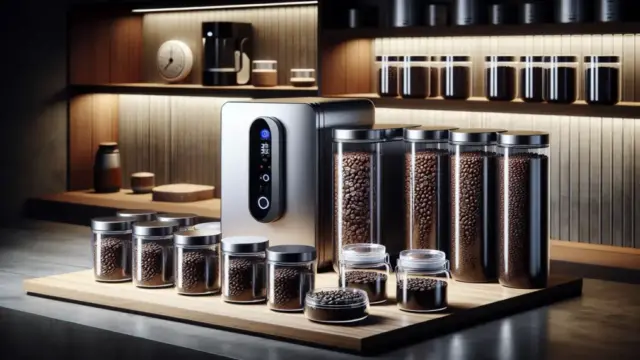

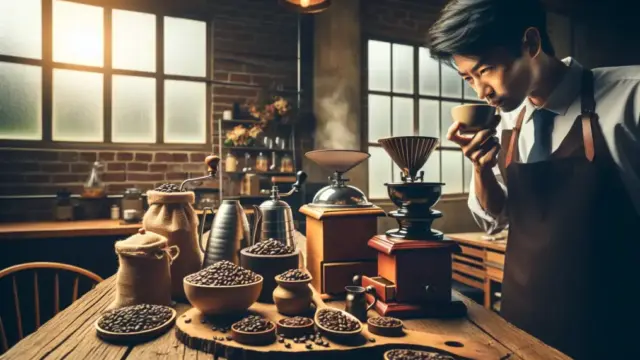

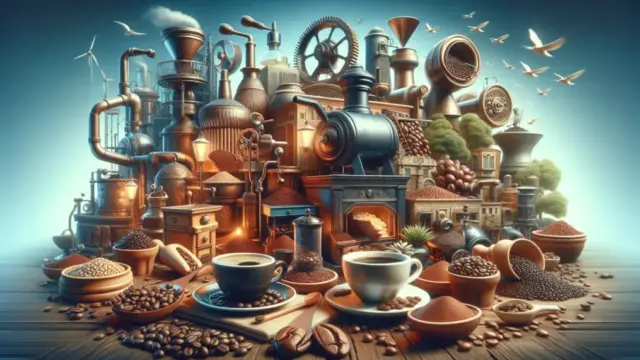
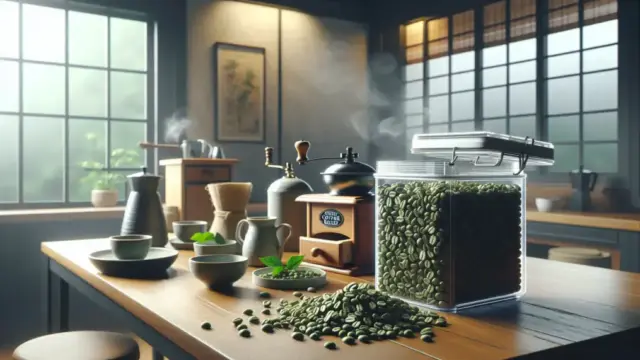

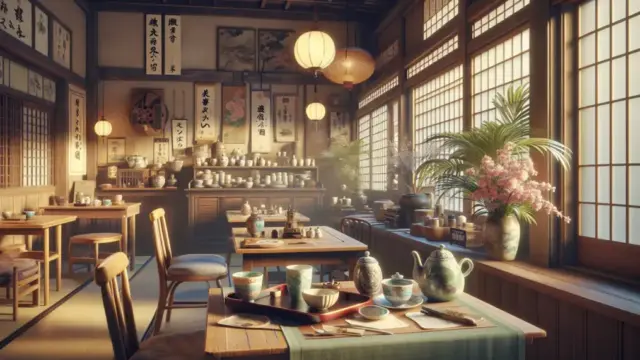
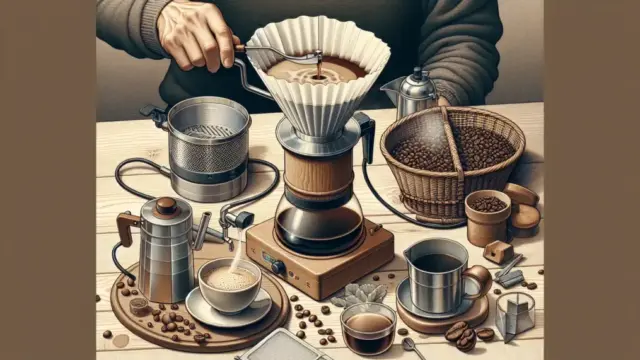
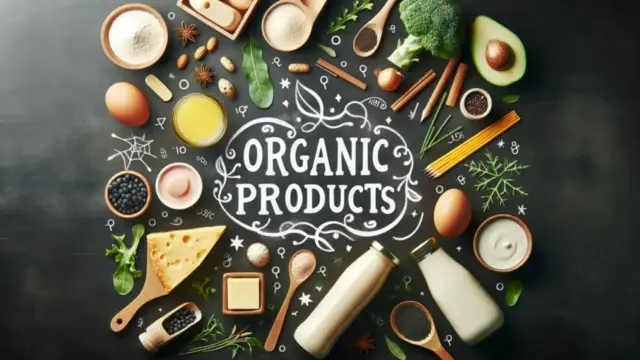
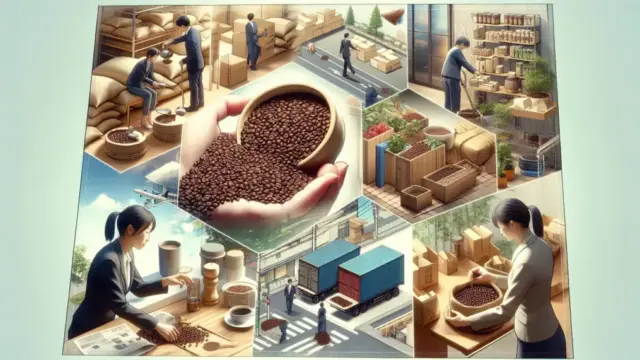






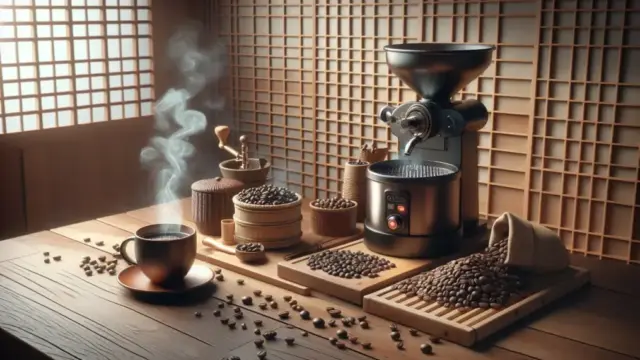




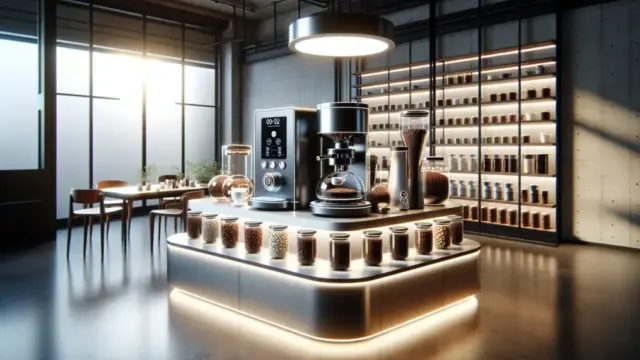
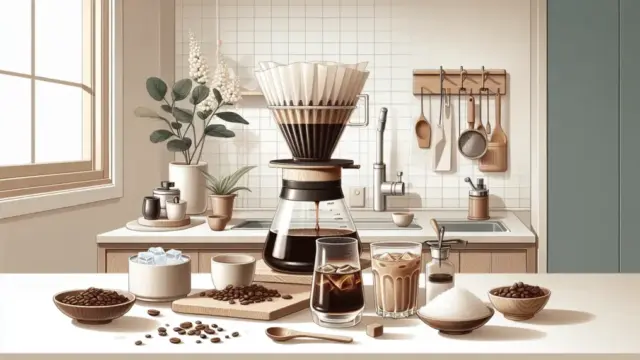




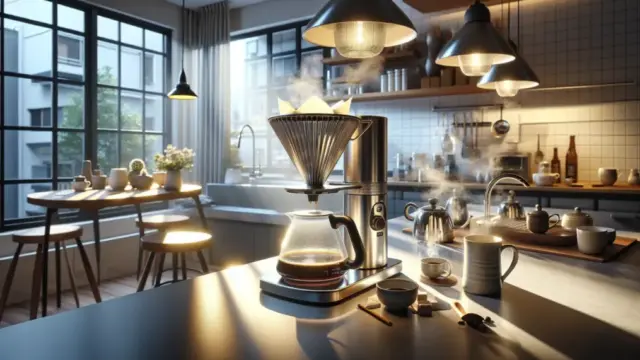



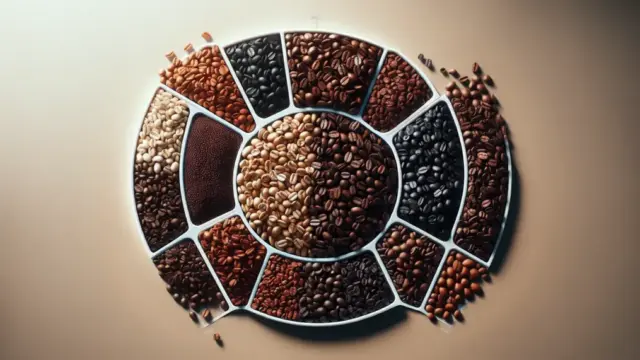
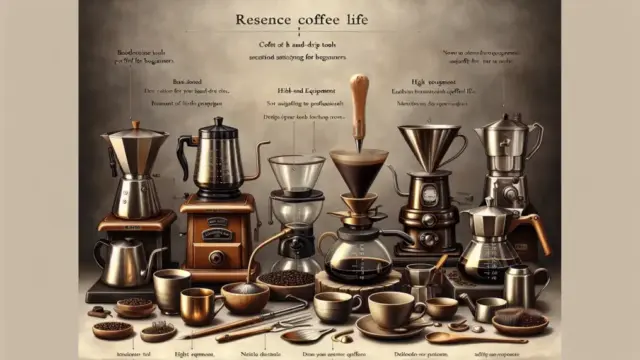
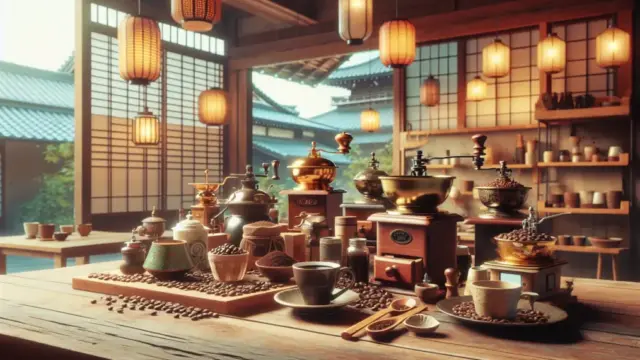
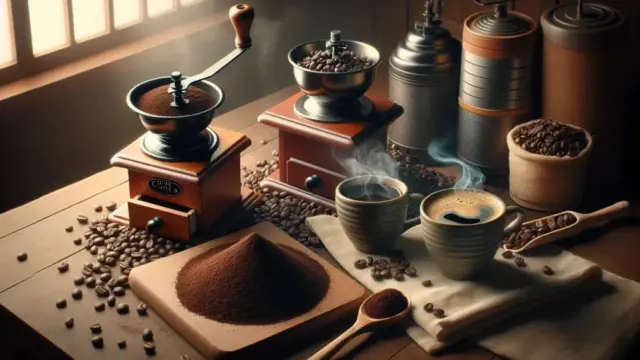













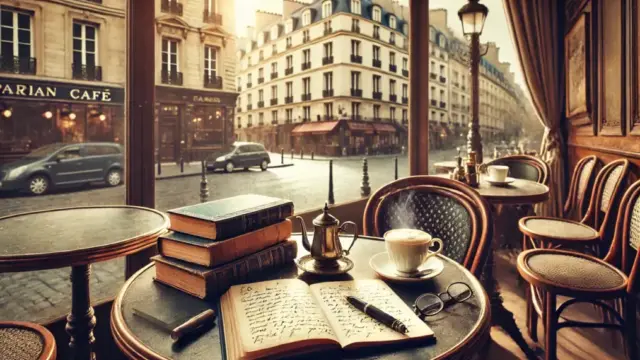


















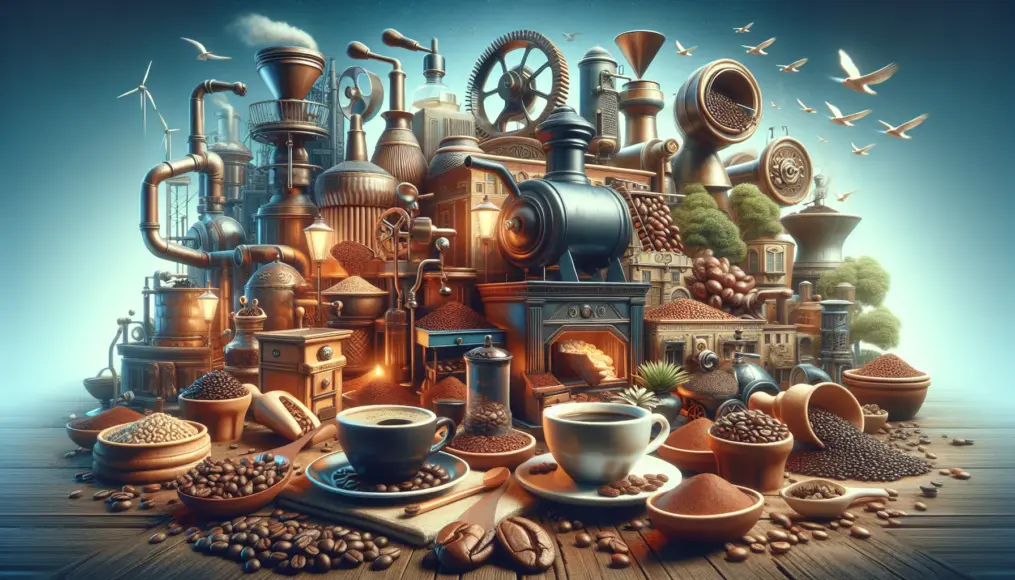
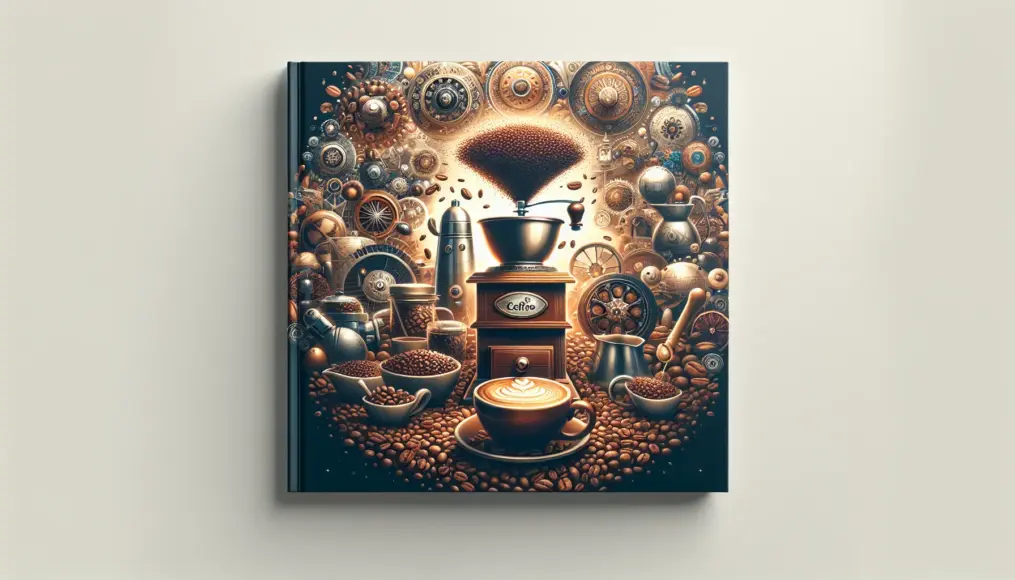
Comment